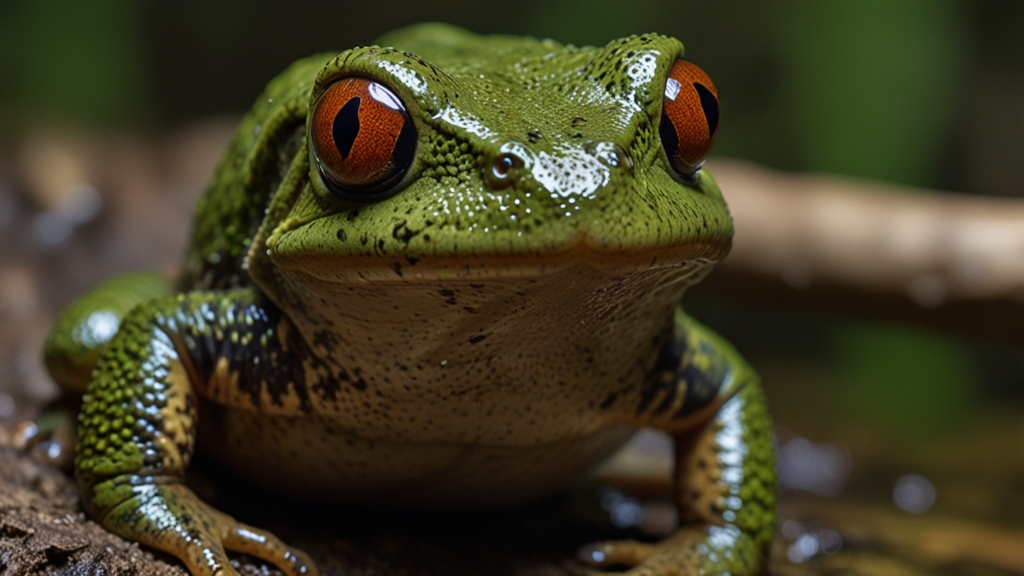Survival of the Fittest: Extraordinary Survival Tactics of Ocean Creatures
The ocean is a vast and enigmatic world, hosting an array of life forms that have evolved extraordinary survival tactics. From the abyssal depths to the shimmering surface, marine creatures display a range of fascinating adaptations to thrive in diverse and often harsh environments. Below, we delve into some of the most extraordinary survival strategies employed by oceanic inhabitants.
Camouflage: Masters of Disguise
One of the most widely used survival tactics in the ocean is camouflage. Many sea creatures have developed the ability to merge seamlessly with their surroundings, making them nearly invisible to predators and prey alike.
For instance, the octopus is renowned for its exceptional camouflage skills. With specialized cells known as chromatophores, an octopus can alter its skin color and texture to match its environment within seconds. This not only aids in avoiding predators but also helps in ambushing prey.
“The ability of octopuses to camouflage is so effective that they can imitate the texture and color of rocks, coral, and even sand on the ocean floor,” says marine biologist Dr. Sylvia Earle.
Bioluminescence: Lighting Up the Deep
Bioluminescence is another extraordinary survival tactic. This natural phenomenon occurs when marine organisms produce light through chemical reactions within their bodies. It serves multiple purposes, including hunting, communication, and defense.
The anglerfish, for example, uses bioluminescence to attract prey. This fish has a modified dorsal fin that extends forward and acts as a lure, emitting a glowing light in the pitch-dark ocean depths. Unsuspecting fish are drawn to the light, only to become an anglerfish’s next meal.
Tough Exteriors: Natural Armor
Some ocean creatures rely on their physical armor for protection. Hard shells and thick skin serve as formidable defenses against predators.
Consider the case of the sea turtle. Its rugged shell acts as a protective shield that deters many potential predators. Over millions of years, evolution has honed this shell, making it highly durable and effective in safeguarding the turtle’s vital organs.
“Sea turtles are a remarkable example of how natural armor can be a life-saving adaptation in the ocean,” says conservationist Jacques Cousteau.
Venom and Poison: The Art of Defense
For some marine animals, venom and poison are key survival tools. These toxic substances can deter predators, capture prey, and even assist in digestion.
The box jellyfish, one of the most venomous creatures in the ocean, uses its tentacles to deliver a potent sting that can paralyze and kill its prey instantly. This rapid incapacitation is vital for the box jellyfish’s survival, as it preys on swift-moving fish and crustaceans.
Similarly, the pufferfish contains tetrodotoxin, a potent neurotoxin. When threatened, it can inflate its body, displaying spines coated with this lethal poison, thereby discouraging would-be attackers.
Echolocation: Navigating the Depths
In the murky and dark waters of the ocean, visual information alone is not always sufficient. Many marine mammals, such as dolphins and whales, have developed echolocation to navigate, hunt, and communicate effectively.
Echolocation involves emitting sound waves that bounce off objects and return as echoes. By interpreting these echoes, these mammals can form a mental map of their surroundings. This adaptation is not only vital for locating prey but also for avoiding obstacles and predators.
Conclusion
The ocean is a realm of marvels, home to creatures that exhibit an astonishing array of survival strategies. From the masterful camouflage of the octopus to the bioluminescent lures of the anglerfish, each adaptation reflects millions of years of evolutionary fine-tuning.
“The extraordinary survival tactics of ocean creatures remind us of the incredible ingenuity of life,” reflects marine ecologist David Attenborough.
Understanding and appreciating these tactics not only enriches our knowledge of marine biology but also underscores the importance of preserving these unique and delicate ecosystems. As we continue to explore the depths, who knows what other extraordinary survival strategies we might uncover.








